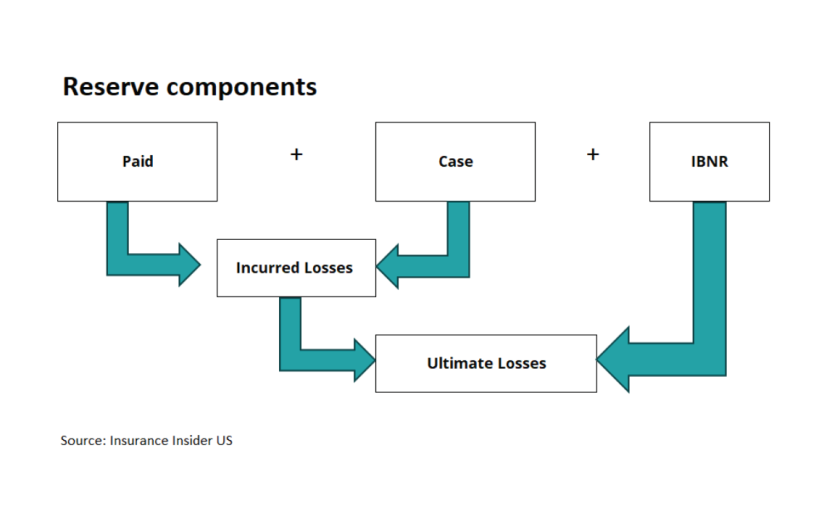
Yesterday morning, WR Berkley reported another strong quarter. As highlighted in our preview, the more prominent focus on the call quickly turned to reserves and market conditions.

Yesterday morning, WR Berkley reported another strong quarter. As highlighted in our preview, the more prominent focus on the call quickly turned to reserves and market conditions.